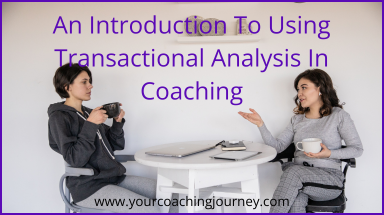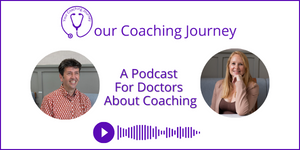Prefer to listen?
This blog post forms the basis of our podcast on Transactional analysis, which you can listen to here.
Transactional Analysis (TA) is a psychological framework developed by Eric Berne in the mid-20th century. It is an invaluable tool in the coaching room. At its core lies the Parent-Adult-Child model, a dynamic framework for understanding human behaviour, communication, and relationships. In this blog, we will explore this approach and how its models can significantly enhance the coaching experience.
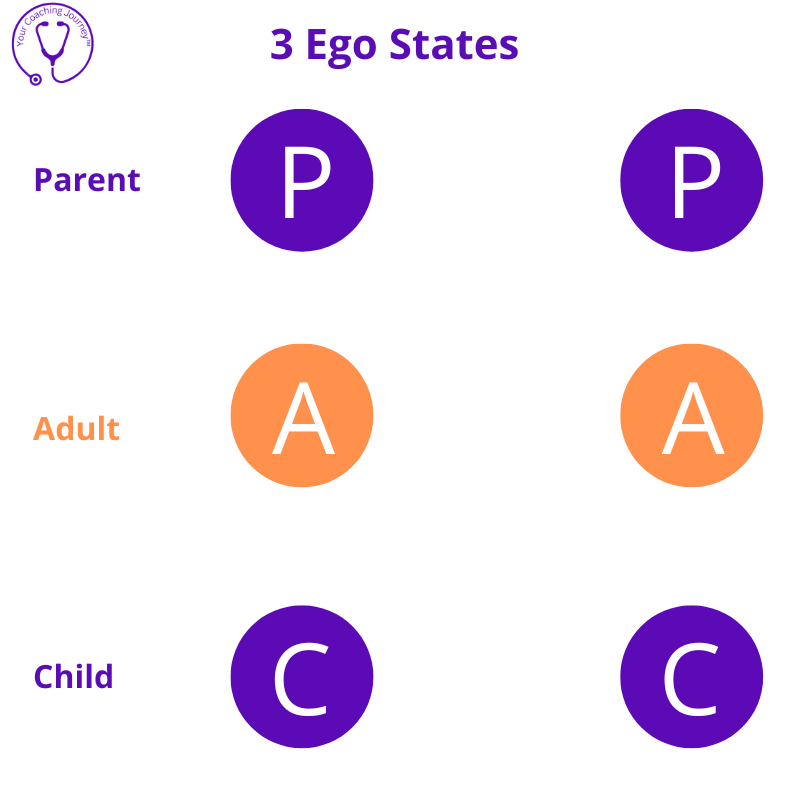
The Parent-Adult-Child-Model
The Parent Ego State
At the top of the model, the P stands for parent. And this describes an ego state that we might go into at some points in our interactions with other people. And we will have learned how parents behave from being a child. So throughout our childhood, we will have had that parent role modelled for us by our parents, by other influential adults in our lives.
That ego state has two dimensions to it:
- the controlling parent or the critical parent, (interchangeable labels): The controlling or critical parent who tends make the rules, and they want the rules to be applied so they tell you off if you haven’t followed the rules.
- the nurturing parent: They’re very nurturing and reassuring, they want to help and they want to do your shoelaces up for you, that sort of thing. That’s an ego state that we might well go into because we recognize that’s what parents do and that’s where we learned it. We learned it as a child.
The Adult Ego State
In the middle of the model we have the adult ego state. This is how we show up every day in a very normal conversation. For the most part, when we (Tom and Helen) are recording a conversation for our podcast, we will be in adult-to-adult communication. Sometimes we become childish, but for the most part, it’s adult to adult, and we don’t really have any reason to stray out of that. That’s the adult: very simple, I’m showing up, this is what’s going on, and I’m dealing it in a very rational and just a normal way.
The Child Ego State
We then have the child ego state depicted in the bottom circle on the model. The child is how we learned to be as a child. We had to find a way to navigate our interactions with our parent figures and how they showed up, so we found strategies, we found a way to be as children. And sometimes we can bring that those behaviours through from our childhood into our grown-up way of being. We do it unconsciously, we don’t know that we’re channelling that child ego state. We just go there because we had years and years of conditioning to behave in that way.
Like the parent ego state, there are different dimensions to the child ego state too.
The Adapted Child
If we’ve got a very controlling parent who makes the rules. You have to follow the rules, otherwise you’re in trouble and you’re punished for not following the rules. So that’s an environment that a child will find themselves in. Now, they may well become an adapted child. So they say, ‘okay, there are rules that I have to follow, otherwise bad things happen. So I’m going to follow the rules’.
That’s the adapted child.
Rebellious Child
Within the adapted child ego state there is also the rebellious child. They know there are rules, and consequences to breaking them, but they become rebellious – covertly or obviously!
The Free Child
There will have been times as a child where you were in free child where there were no rules. You might be out playing with your friends, and you’re just at play, or running, or spinning, or in a make believe world. That’s free child. That playful approach, which we do tend to lose a little bit as we grow up.
Berne’s idea was that we move between these ego states all of the time. So, within an interaction we might be in different ego states. And we can observe this happening, you can see this going on in an interaction between people.
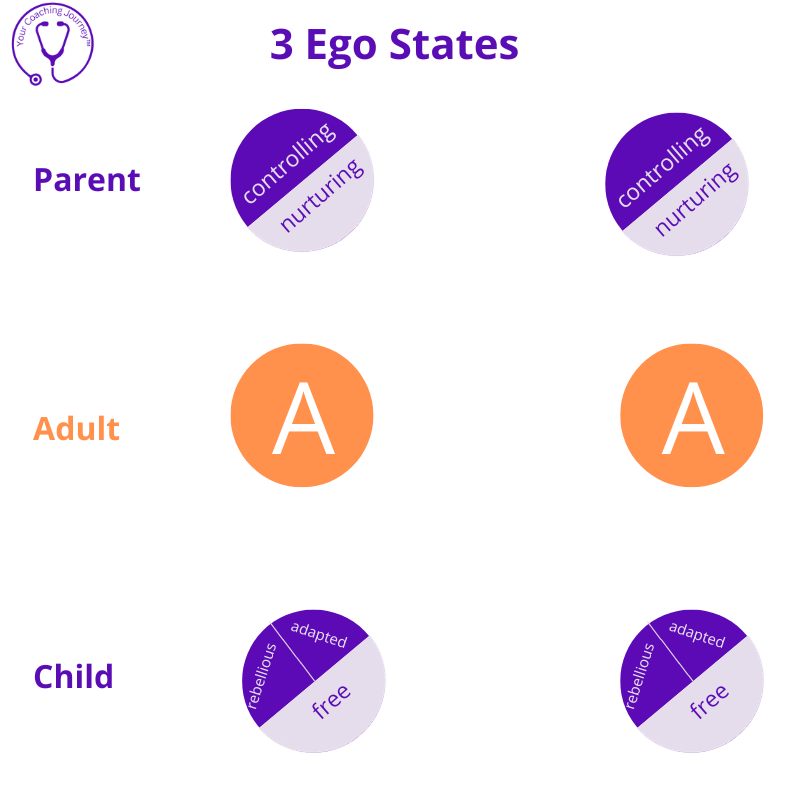
An adult to adult relationship is really what we are aiming for most of the time, especially within an organisation. (Maybe not all of the time, because free child is a very creative space.) But sometimes we can bring those interactions, those transactions from out childhood experiences into what should be adult to adult conversations. And that’s when things start to get tricky. So when one adult tries to control another or have rules, or one adult ends up behaving in a childlike way to a situation that perhaps they could deal with in a more adult way.
Ideally we want to be able to observe when the dynamics are shifting, and get to get back into an adult to adult conversation. This is when the good conversations happen.
*This is a model of human behaviour. We’re not saying that parents shouldn’t make rules and nurture children and keep them safe. Or that children shouldn’t follow those rules and also be silly and childish! That’s a normal parent-child relationship.
Parent – Adult – Child Model In The Coaching Room
Quite often the nurturing parent come out in our coachees. We have people coming to coaching saying, ‘well, I’ve got too much work, I’m doing everyone else’s work’. That generally comes from a place of being the nurturing parent and someone else saying, ‘I’m really busy’ and our client responding as nurturing parent, ‘oh, don’t worry, I’ll do it for you’.
As the coach, in our conversations with coachees, we really want it to be adult to adult. We don’t want our them straying to child and we don’t want to be the nurturing parent or the controlling parent. We just want them to be having an adult conversation with us.
What else does transactional analysis provide us with as coaches?
On the back of Eric Berne’s work another psychologist called Stephen Karpman came up with The Drama Triangle.
Within The Drama Triangle you will have:
- the persecutor (controlling parent)
- the rescuer (nurturing parent)
- the victim (child)
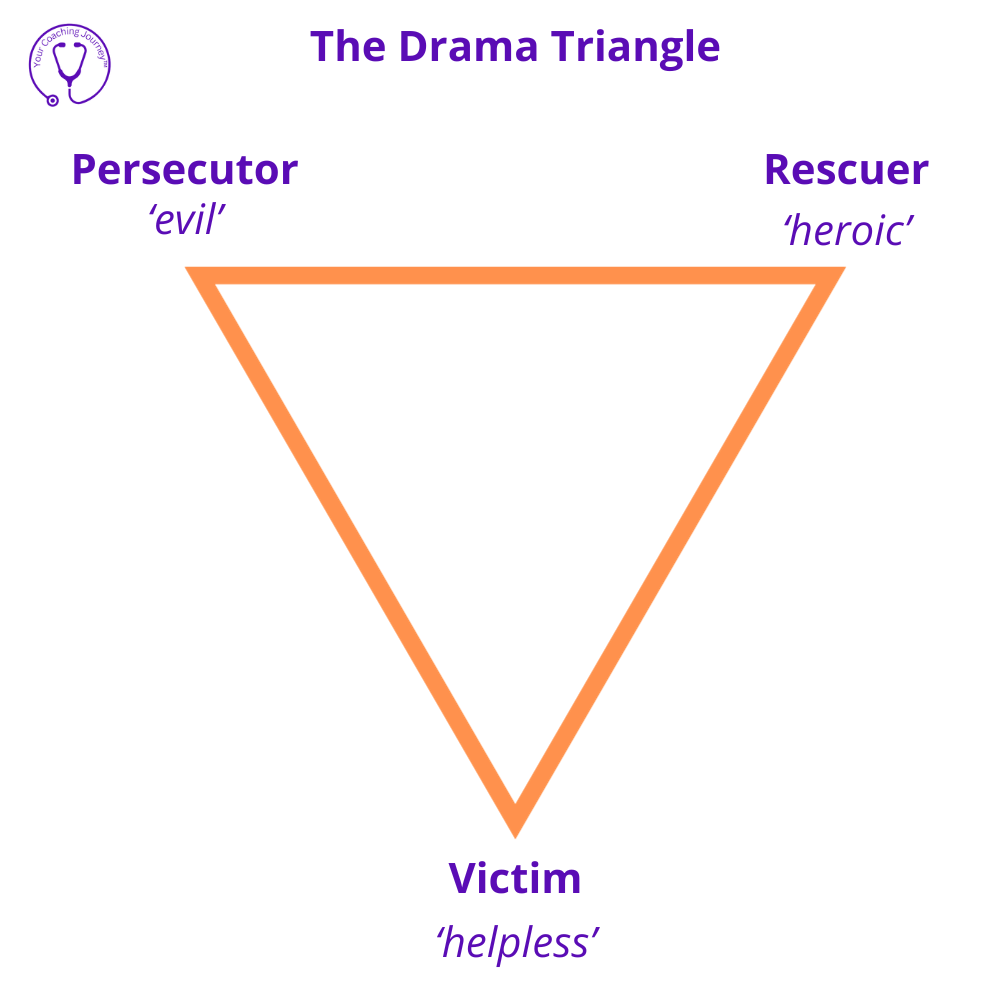
In the model, the triangle points downwards, with the victim state at the bottom because they are seen as one down or ‘less than’ both the rescuer and the persecutor.
A person in the victim ego state will see themselves as helpless, the rescuer will see themselves as heroic, the persecutor will probably not see themselves as anything other than them being themselves. They simply have some rules that others must follow otherwise there are consequences. But they are perhaps seen by others as ‘evil’ or bullying because they make demands of people.
Obviously, there are situations in the world where bad things happen, there are real persecutors and there are real victims. We’re not making light of that and perhaps this model could have a bit of a makeover in terms of language used, but it does help people to understand how sometimes relationships can play out, and how some people play these roles and create a drama where there really isn’t anything going on.
We sometimes see an alternative way of being that can be adopted to counter the Drama Triangle, often called a winners triangle where ‘victim’ is re-labelled ‘vulnerable’, ‘rescuer’ becomes ‘supportive’, and the ‘persecutor’ may be ‘powerful’. But instead of re-labelling the triangle, maybe we just need to get rid of the triangle completely. It’s a drama triangle. We need to get rid of the drama so, let’s not have the triangle. Let’s step out of the triangle and just have adult to adult conversations going on.
The Drama Triangle In The Coaching Room
Along with the parent-adult-child model, The Drama Triangle is one of the most useful models to use in the coaching room and one of the most useful models to have in your head as a coach.
If you’ve got someone turning up in the victim position in the model, it’s very easy to step into that rescuer role. You might start to come up with ideas for them to resolve the problem rather than drawing it out of them. As coaches, we’re trying, if we get rid of the triangle, we’re trying to raise everyone up to the same level, of being an ‘adult’.
This can be hard, particularly for doctors, who might feel driven to take steps to ease someone’s suffering. This is absolutely right for them in their role as a doctor. But showing up in that way as a coach won’t work. Within the coaching room, what we really want is to understand why someone might feel like a victim and then, instead of looking to solve the problem, we want to help the coachee:
- to start thinking of themselves differently,
- to know that they have some power and agency
- and that they can make choices about what happens for them so they don’t have to feel as though they’re in that ‘victim’ state.
We not going in to deep therapy here – we’re not therapists, but we can offer people an introduction to the theoretical models and to give them a better understanding of what might be going on in interactions between people and how they’re showing up in those interactions.
This is just an introduction to TA, and we cover lots more on the transformational coaching diploma including drivers and childhood messaging. We hope helps you to think about how you show up in the coaching room and how we might start to explore relationships with our coachee shelping them to feel empowered and to transform their communication styles, leading to more fulfilling personal and professional relationships.
Transactional Analysis in Coaching is just one approach to coaching that is covered on out Doctors’ Transformational Coaching Diploma.
